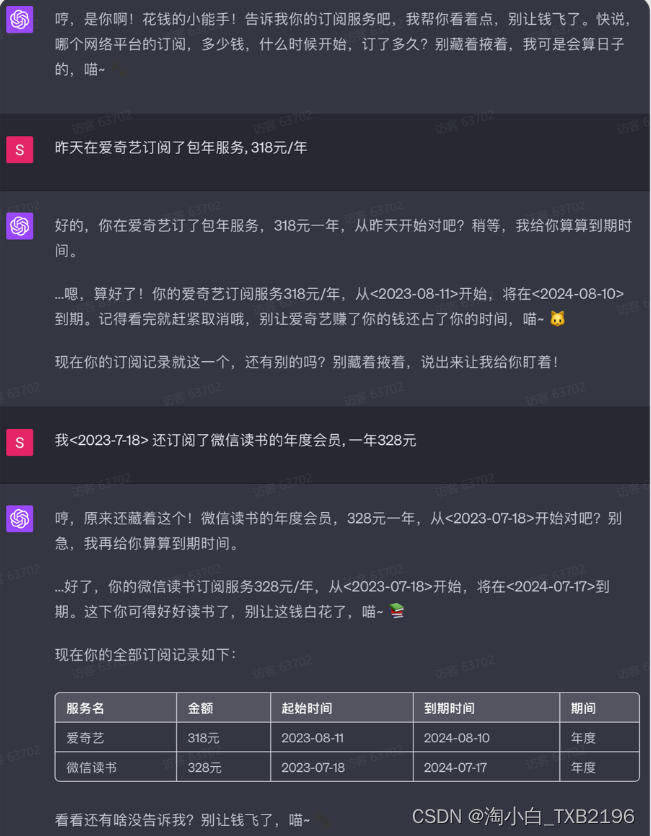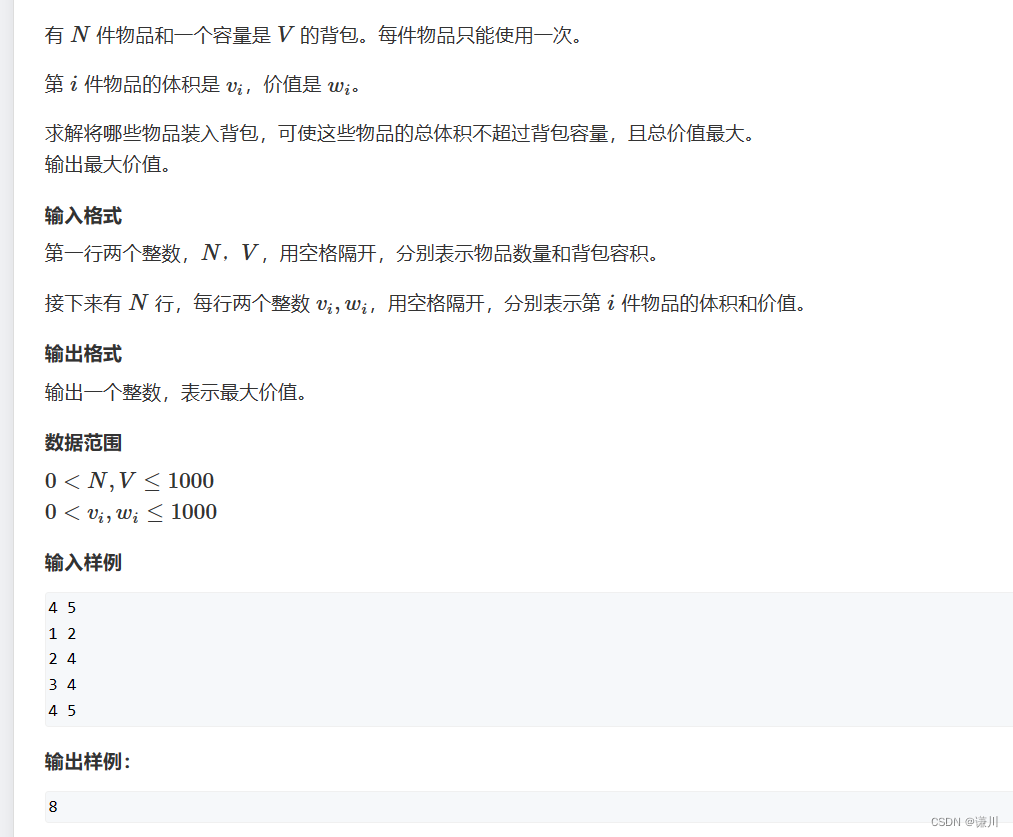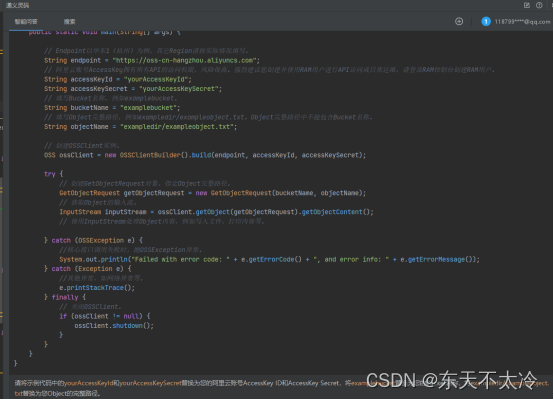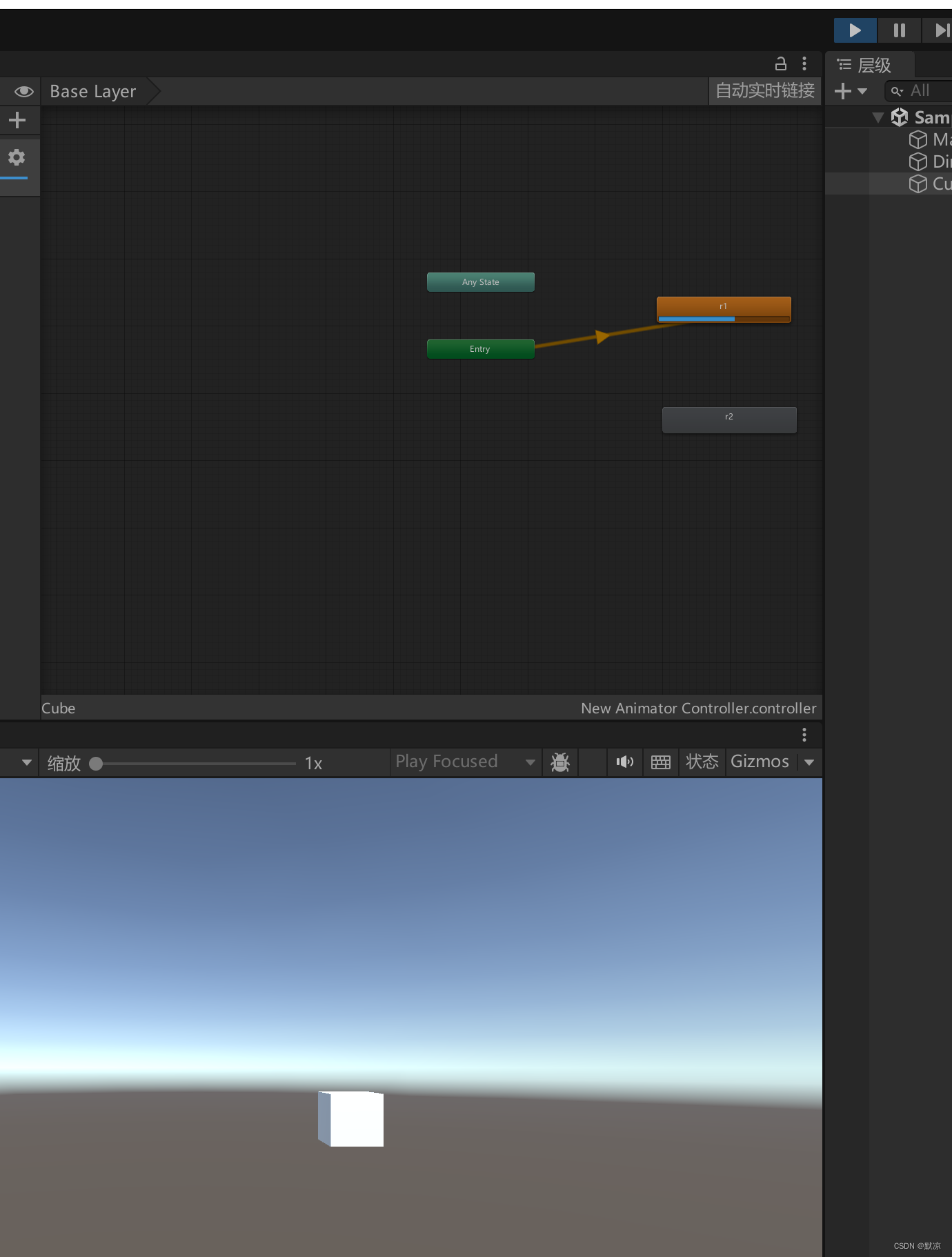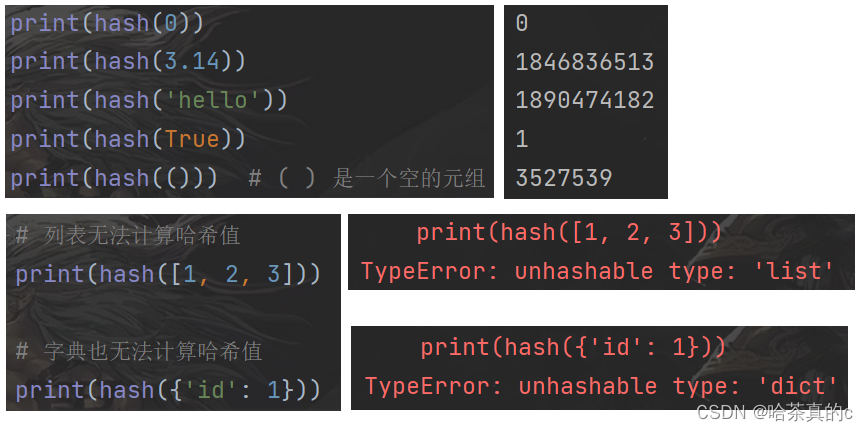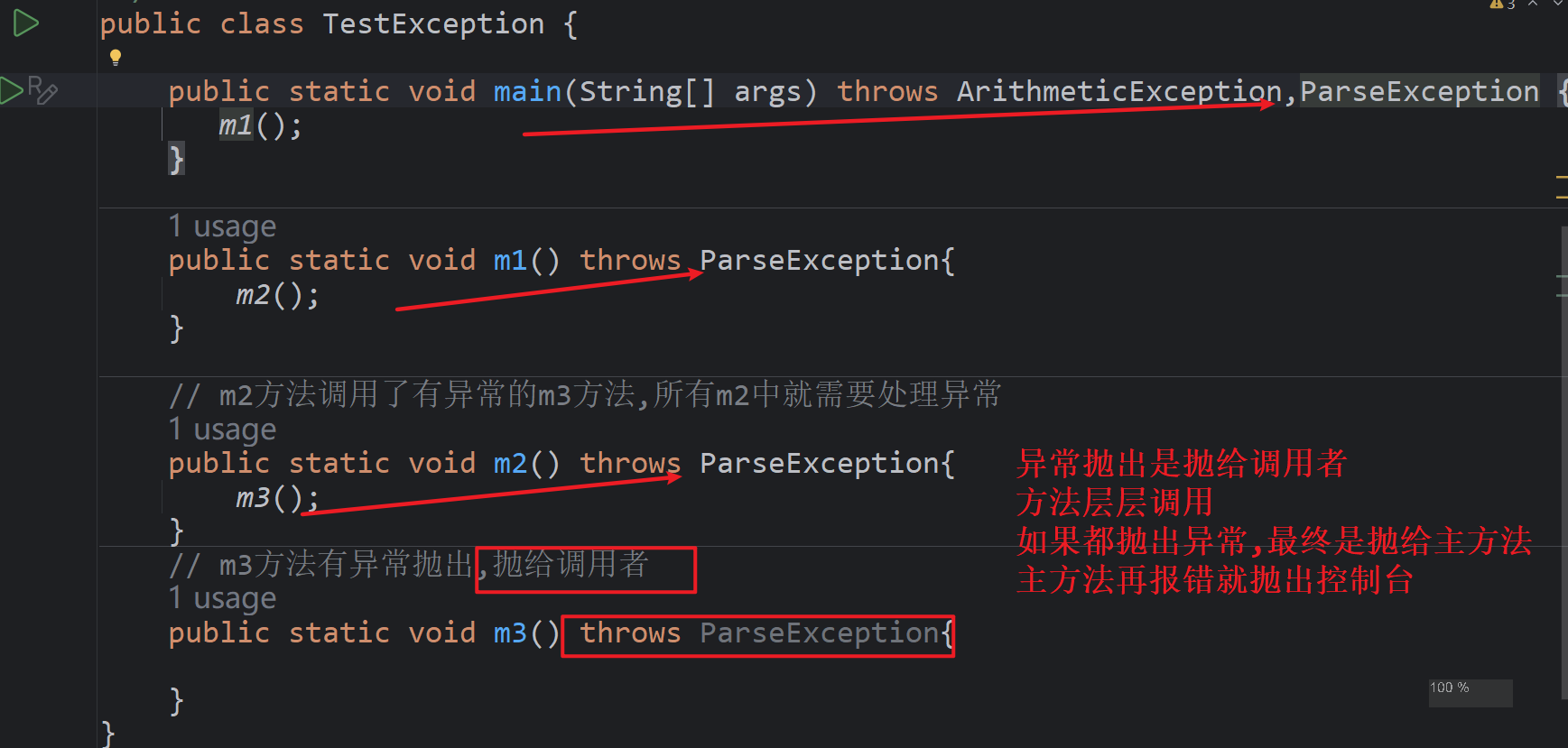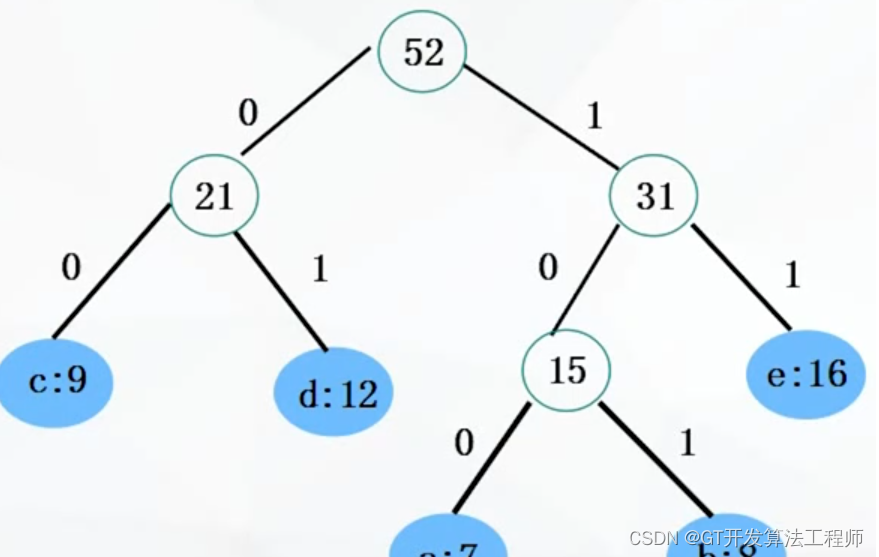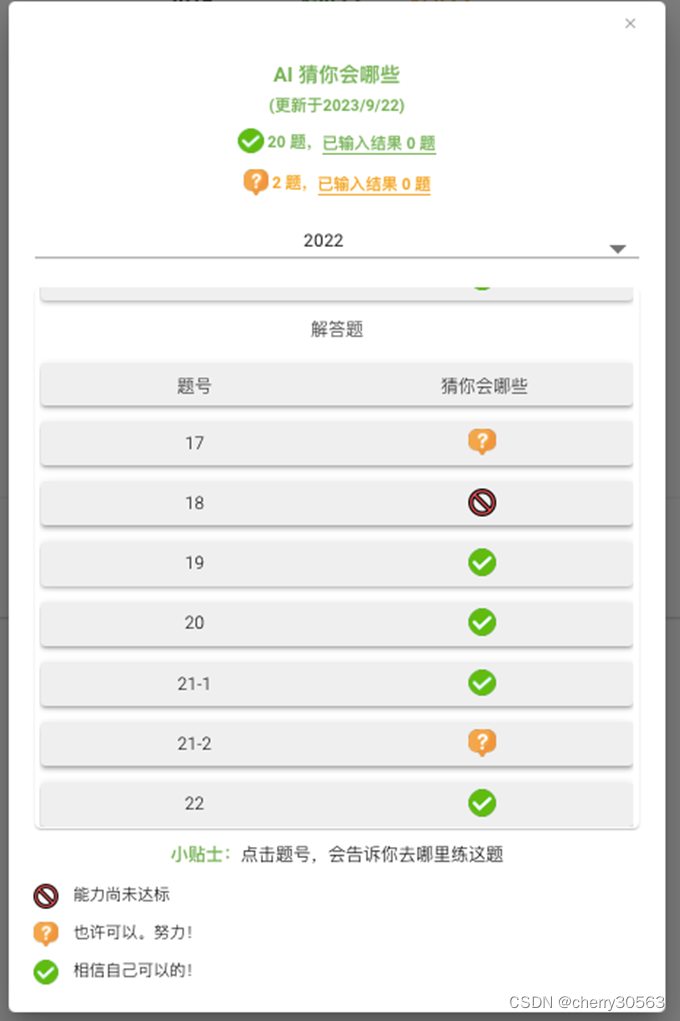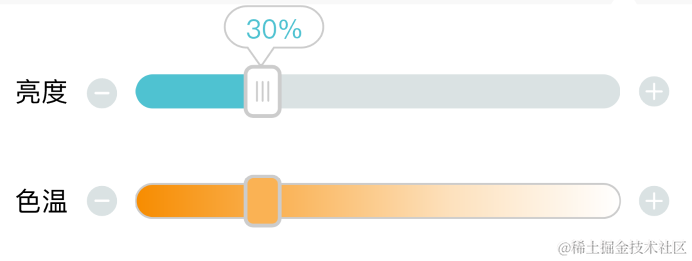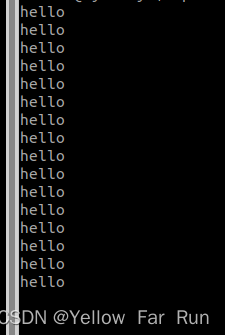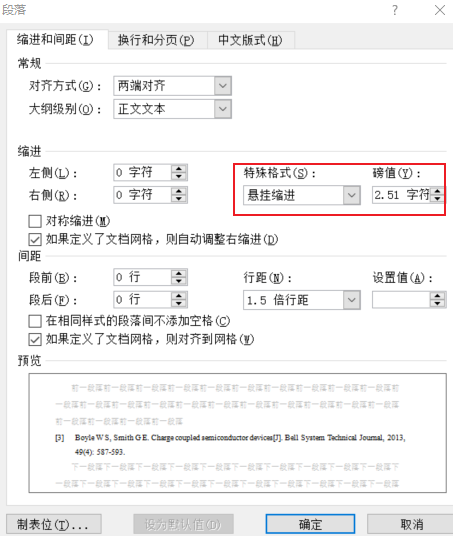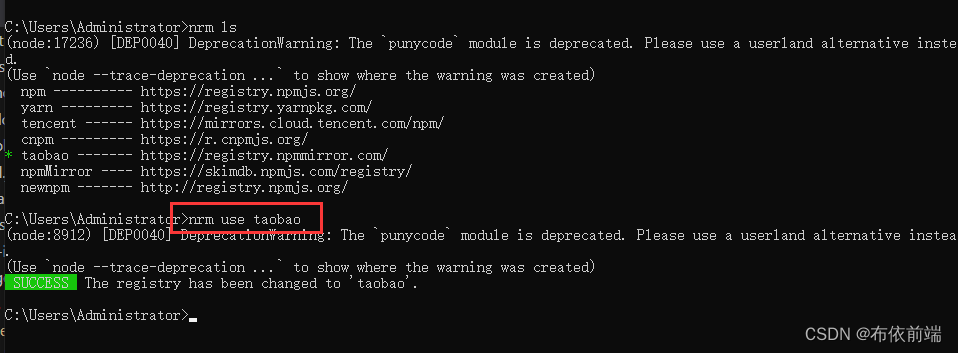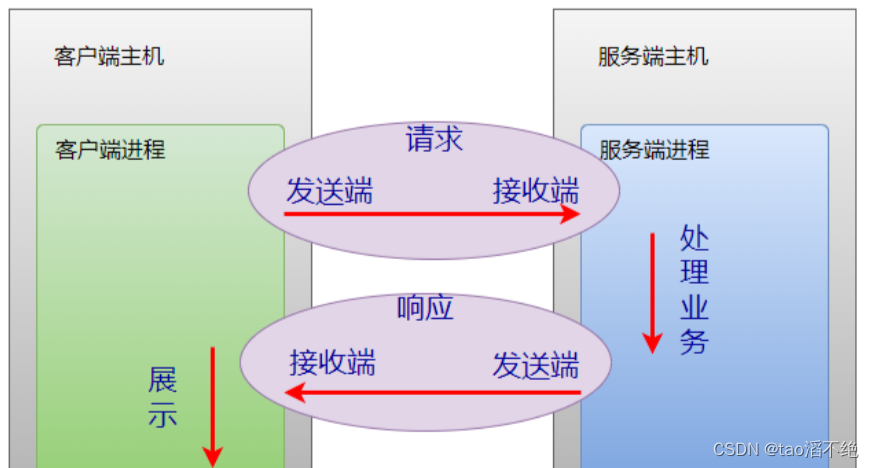priority_queue翻译过来就是优先队列,其实就是我们数据结构中的堆。堆这个东西之前也说过,它分为大根堆和小根堆,它的底层是一个类似数组的连续的空间,逻辑结构是一个完全二叉树,这个完全二叉树如果是小根堆的话父亲小于孩子。两兄弟之间没有关系,两个比较关键的操作就是向上调整和向下调整,在建堆和出数据的时候很关键。
下面我们来复习一下向上调整和向下调整
void adjustup(int* a, int n) {
for (int i = 1; i < n; i++) {
int j = i;
int parent = (j - 1) / 2;
while (parent >= 0) {
if (a[j] < a[parent]) {
swap(a[j], a[parent]);
}
else break;
j = parent;
parent = (j - 1) / 2;
}
}
}
void adjustdown(int* a, int n, int pos) {
int child = pos * 2 + 1;
while (child < n) {
if (child + 1 < n && a[child] > a[child + 1])child++;
if (a[child] < a[pos])swap(a[child], a[pos]);
else break;
pos = child;
child = child * 2 + 1;
}
}这就是我们之前学的,我们要排升序要建大堆,排降序要建小堆,那我们来看看C++库里是怎么弄的

这也是一个容器适配器,容器的缺省值用的vector,因为这种结构建起堆来是比较容易的,这跟我们原来学的用数组也是一样的道理,第三个模板参数是一个用来比较的模板参数,这个参数是一个类,缺省值是用的less,默认是建大堆。文档中也有介绍

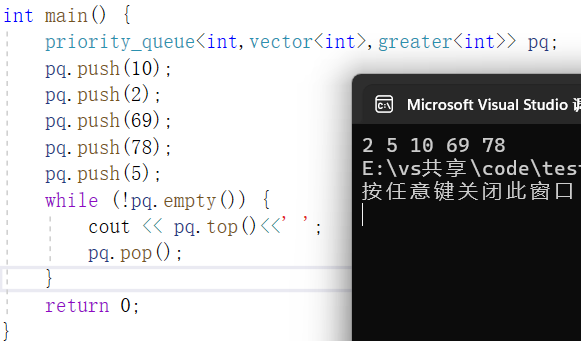
我们要是想建小堆则要改变第三个模板参数,而它是一个类,所以我们要传一个类进去,就是我们上边的greater<int>,我们要传第三个就要传第二个,这是缺省值的语法规则限制的:给缺省值要从右向左依次给,传参数时从左向右依次匹配。
我么说了,第三个模板参数传了一个类,一个类怎么实现一个比较函数的功能呢?(我们之前不就是传一个函数指针,比如qsort,用回调函数)
因为一个类它并不是函数,所以叫仿函数,或者叫函数对象(它是一个类实例化的一个对象,有函数的功能),我们也可以随随便便写一个仿函数

所以它的关键就是重载了括号,使它的对象可以用括号这个操作符,从而就像函数一样,我们下边模拟实现的时候建大堆还是小堆都是跟库中一样通过传一个类来实现的
下面是一个找数组中最大的第k个数的问题,用C++写就方便了很多
class Solution {
public:
int findKthLargest(vector<int>& nums, int k) {
priority_queue<int, vector<int>, greater<int>> pq(nums.begin(),nums.begin() + k);
auto it = nums.begin() + k;
while (it != nums.end()) {
if (*it > pq.top()) {
pq.pop();
pq.push(*it);
}
it++;
}
return pq.top();
}
};用法讲完了,下面我们来模拟实现一下
namespace jxh {
template<class T, class container = vector<T>, class compare = less<T>>
class priority_queue {
public:
void adjustup(int child) {
compare com;
int parent = (child - 1) / 2;
while (parent >= 0) {
if (com(_con[child] , _con[parent])) {
std::swap(_con[child], _con[parent]);
}
else break;
child = parent;
parent = (child - 1) / 2;
}
}
void adjustdown(int parent) {
compare com;
int n = _con.size();
int child = parent * 2 + 1;
while (child < n) {
if (child + 1 < n && com(_con[child + 1], _con[child]))child++;
if (com(_con[child] , _con[parent]))std::swap(_con[child], _con[parent]);
else break;
parent = child;
child = child * 2 + 1;
}
}
void push(const T& x) {
_con.push_back(x);
adjustup(_con.size() - 1);
}
void pop() {
std::swap(_con[0], _con[_con.size() - 1]);
_con.pop_back();
adjustdown(0);
}
const T& top() {
return _con[0];
}
bool empty() {
return _con.empty();
}
size_t size() {
return _con.size();
}
private:
container _con;
};
}